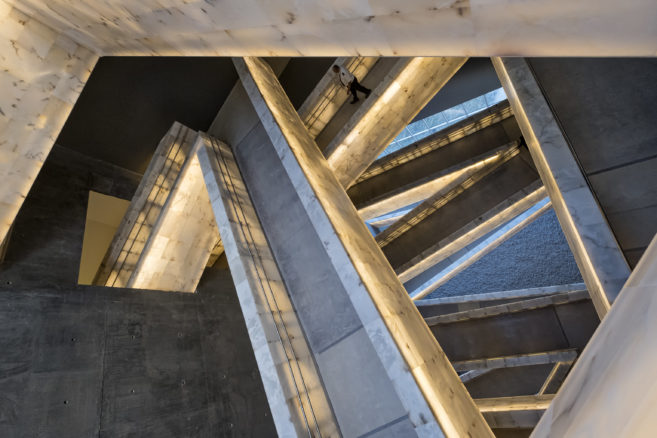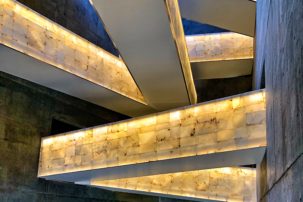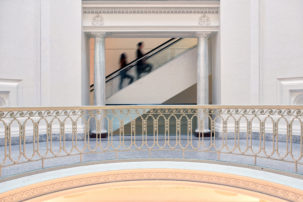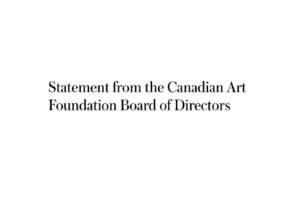“As we go along, we are learning from different communities we are working with, because everybody’s so different—approaches to protocol, approaches to making initial connections and everything that follows,” says Lou-ann Neel.
The new book is currently in PDF format, but Neel hopes it will soon be available in HTML formats as well, which will make it easier to access and update. A small print run of the first edition should be ready in a couple of weeks.
The new book, and related “Repatriation 101” presentation at the Canadian Museums Association National Conference, have touched on a variety of topics many museums and communities may not have yet considered.
For instance, when repatriation workers at the Royal BC Museum were given the go-ahead to return some 700 ancestor remains, they found timelines for return had to be flexible due to fundraising, emotional, mapping and preparatory concerns, among others.
“Returning remains to their communities can create financial demands on some of the most impoverished communities in our country,” says Dianne Hinkley, Cowichan Tribes, in the new handbook. “Some may think, what do they need all that money for? I would suggest you recall or imagine arranging a funeral for one of your loved ones. Everything adds up: the cost of the undertaker, the casket, the flowers, the lunch or tea afterwards, the newspaper obituary. In our communities, the wrappers, the diggers, the singers, the cooks, the meals, the blankets. Funerals cost money. Repatriation and reburials of human remains are funerals in every sense.”
Lou-ann Neel also wants artists in particular to know that they have an important role to play in repatriation processes.
“As an artist, I’m really excited about talking more with artists,” Neel says. “Every time I go out to do outreach, I talk with every community about calling on their artists. Because a lot of the people tend to gloss over the fact that those things we’ve been calling ‘artifacts’ and ‘objects’ are artworks created by artists—and now the descendants of many of the people who created those original pieces in [museum] collections need to study those pieces.”
Neel says that artists have already, too, played a vital role in bringing intangible cultural heritage back to some potlatches—like forgotten songs relearned based on recordings in museum collections.
In some particular cases, artists may also be helpful in recreating a material piece for a family. “If a family’s mask is in a museum collection…one of the problems is that policy usually says you can only repatriate to a nation, which means a cultural centre or similar entity, but not an individual,” Neel explains. “Well, if an artist can recreate a piece for their family, they may not even have to do that negotiation.”
Neel continues, “For some, but not all, that could be ideal—especially if the piece is really frail and the nation is saying, for the safety of the piece, we want to leave it at the museum for now; let’s clarify who actually owns it, but let’s create a replica so we can bring it back into our ceremonies.”
Supporting artist residencies and visiting artist researchers, as well as helping Indigenous artists access more resources, are other opportunities Neel is excited to explore as repatriation processes unfold.

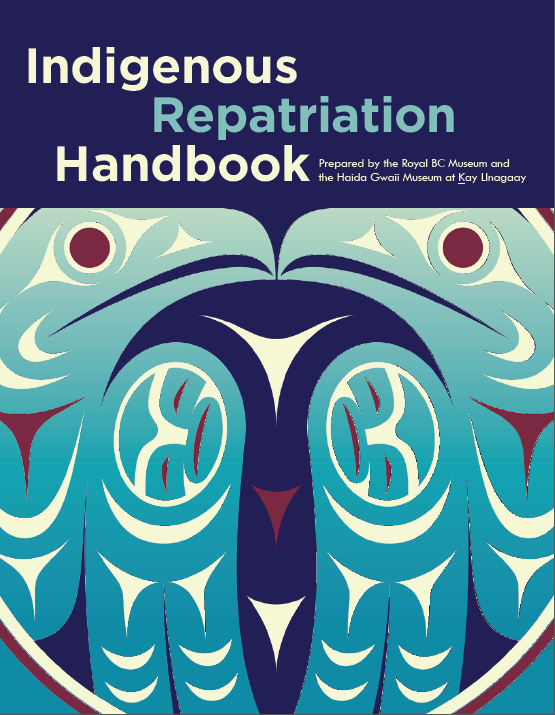 The cover of the Indigenous Repatriation Handbook features art by Dylan Thomas. The book is published by the Royal BC Museum, and will be adapted as case studies and knowledge grows.
The cover of the Indigenous Repatriation Handbook features art by Dylan Thomas. The book is published by the Royal BC Museum, and will be adapted as case studies and knowledge grows.
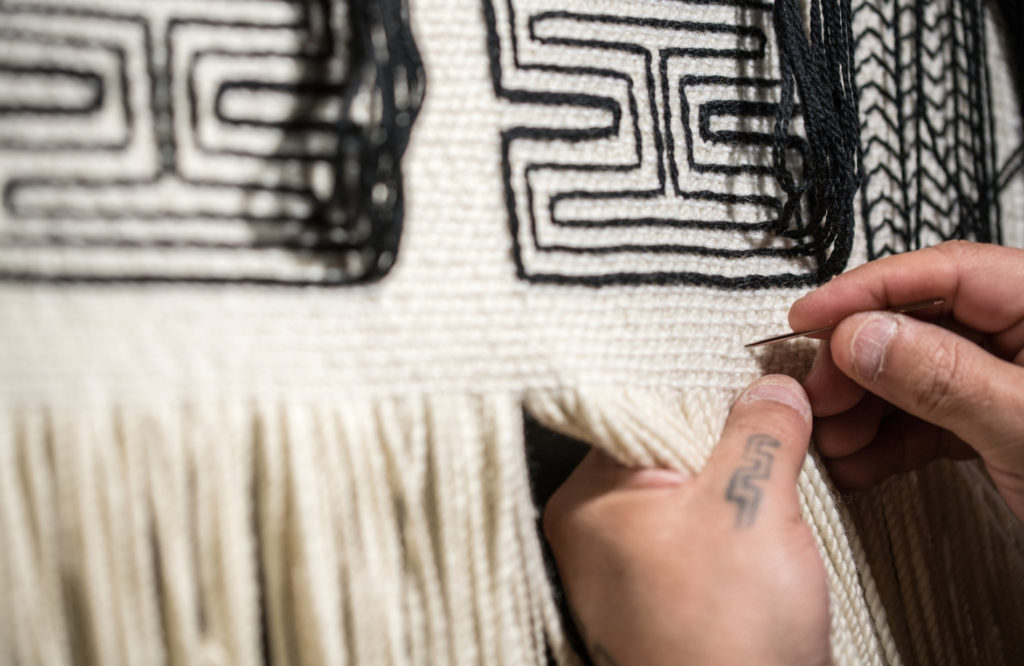 The Royal BC Museum's repatriation efforts gained more staff, and wider media coverage, in 2018. And are set to do more in 2019. Photo: Facebook / Indigenous Royal BC Museum.
The Royal BC Museum's repatriation efforts gained more staff, and wider media coverage, in 2018. And are set to do more in 2019. Photo: Facebook / Indigenous Royal BC Museum.
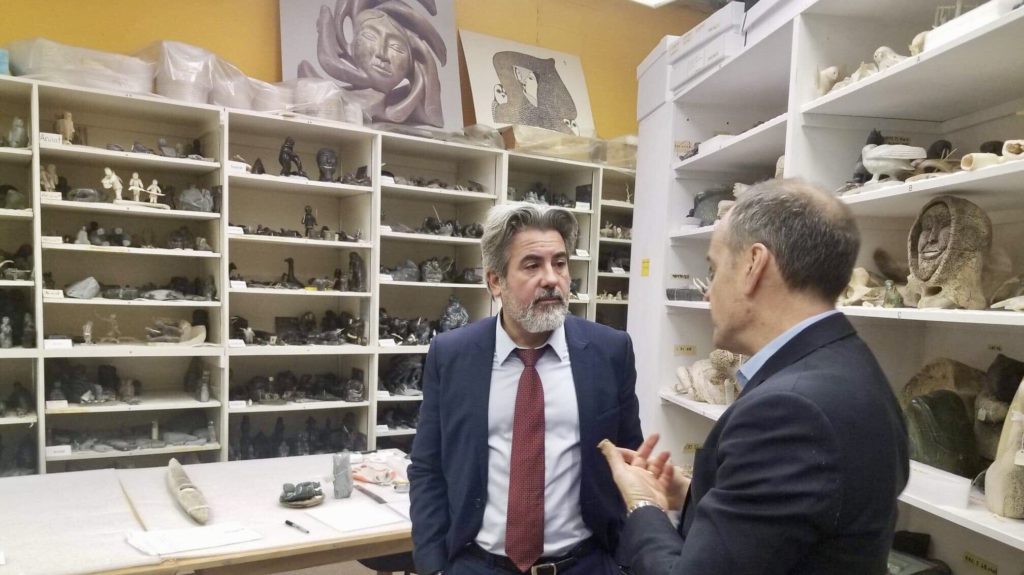 Heritage Minister Pablo Rodriguez visiting a collection of Inuit art. Rodriguez's ministry just announced funding to help museums meet Truth and Reconciliation Commission Call to Action 67. Photo: Twitter / @Rodriguez_Pab
Heritage Minister Pablo Rodriguez visiting a collection of Inuit art. Rodriguez's ministry just announced funding to help museums meet Truth and Reconciliation Commission Call to Action 67. Photo: Twitter / @Rodriguez_Pab
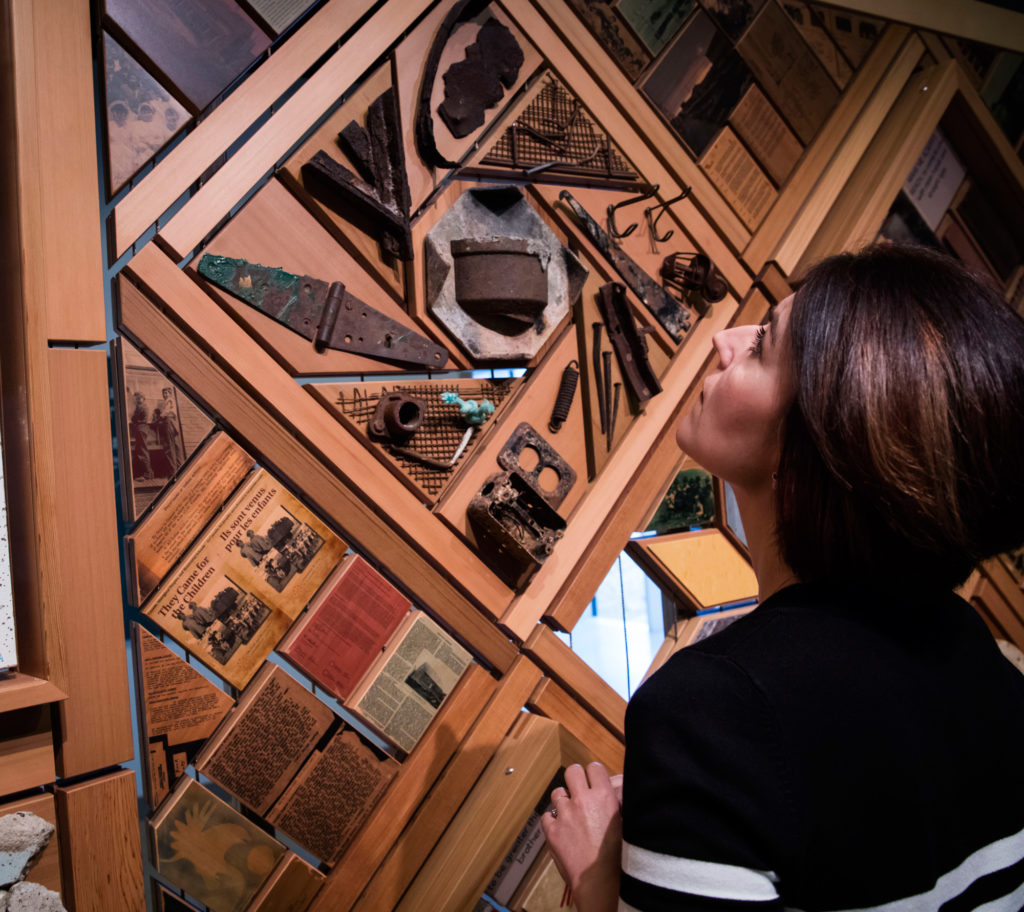 A viewer considers The Witness Blanket at the Canadian Museum for Human Rights in Winnipeg.
A viewer considers The Witness Blanket at the Canadian Museum for Human Rights in Winnipeg.
